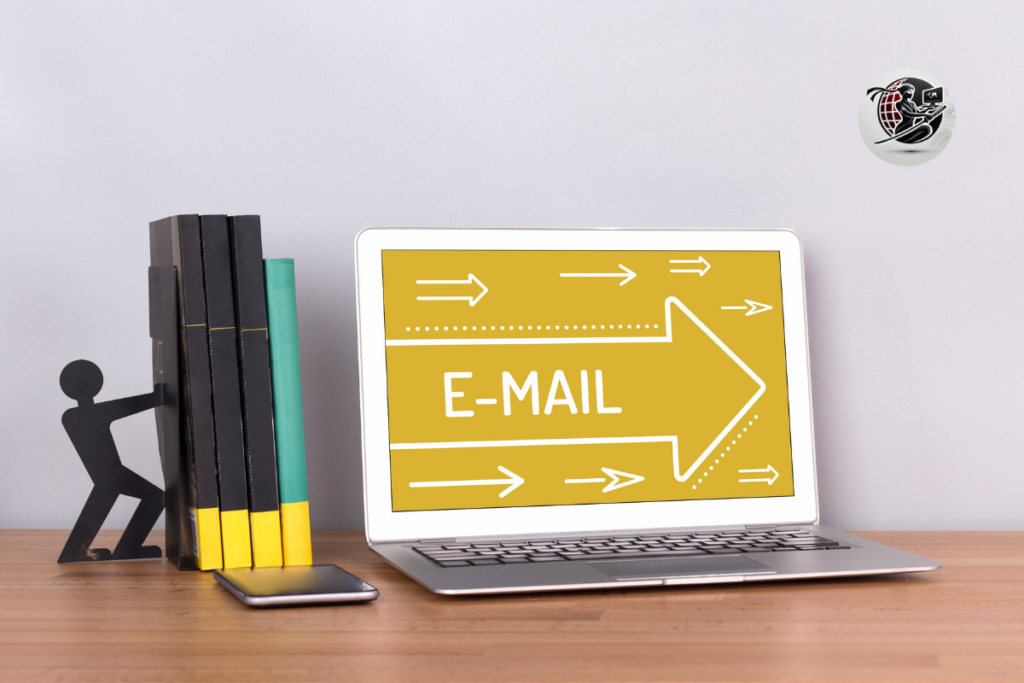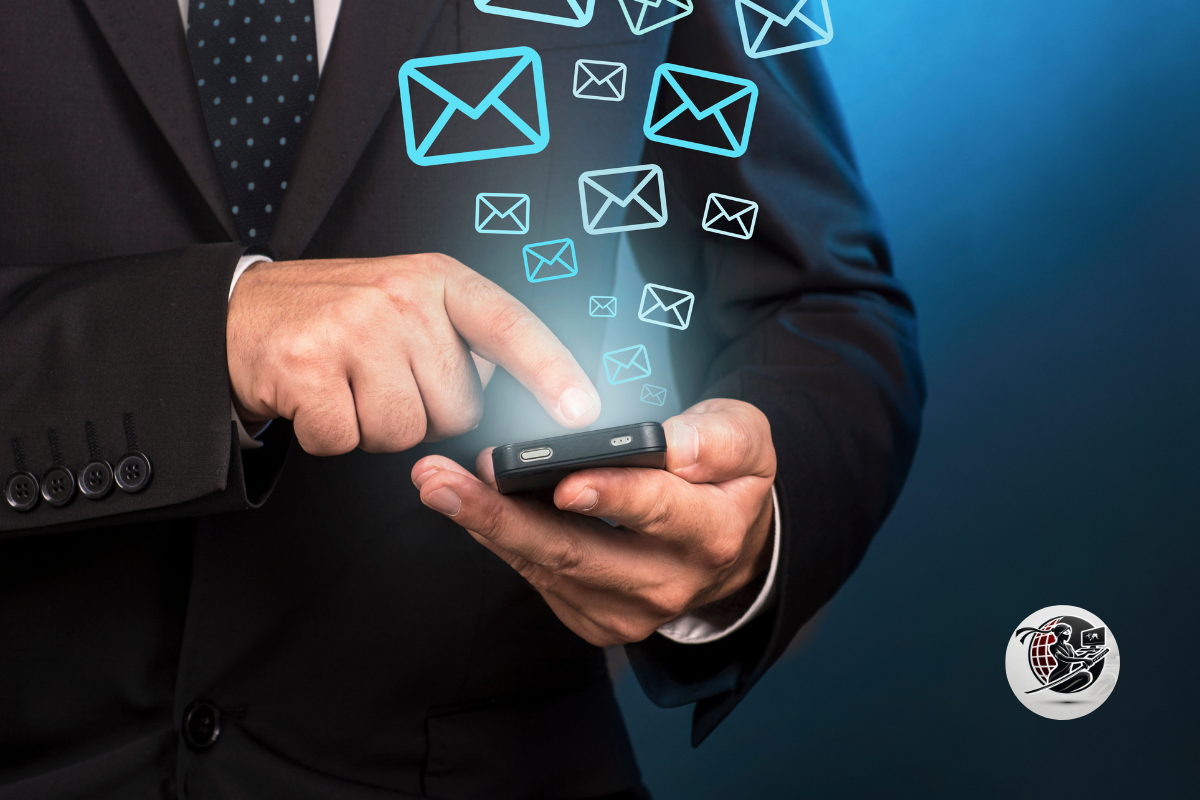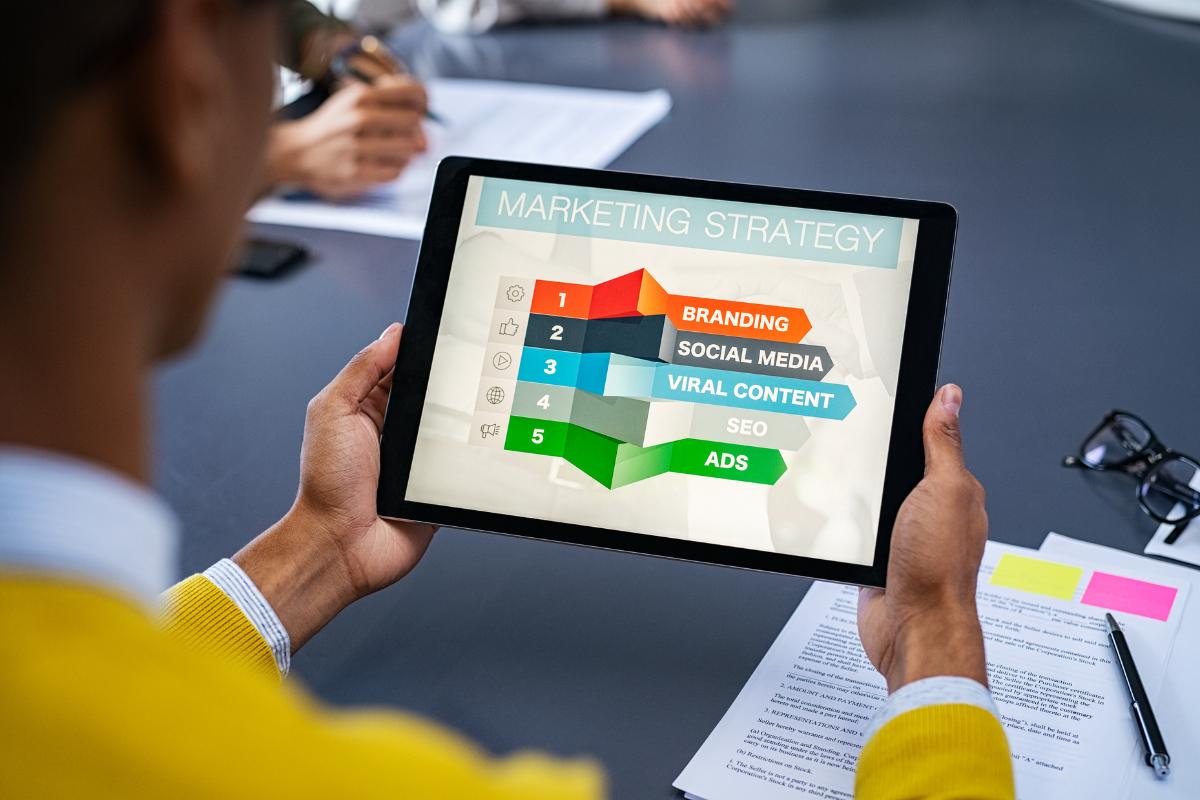If you want your emails to go beyond the mark as read zone and into the click, buy, or book zone, you’ve got to learn how to connect, not just communicate.
In this post, we’re breaking down how to write emails that your audience wants to open, read, and act on, without sounding robotic, salesy, or like you’re trying too hard.
1. Know Exactly Who You’re Talking To
You can’t write a powerful email if you don’t understand who’s on the other end of the screen.
- Are they busy parents?
- Small business owners?
- Burnt-out professionals?
- Coaching clients?
Your email content should feel like it was written just for them. That means using words they use, addressing their real-life problems, and offering solutions they actually want.
2. Nail the Subject Line
If they don’t open it, they’ll never read it. Your subject line is your first impression, and it needs to spark curiosity or clearly state value.
Example:
- “You’re missing out on this simple fix .”
- “Struggling with a problem? Try this”
- “Here’s how I doubled my sales in 7 days”
Keep it short, specific, and a little intriguing. Avoid spammy language like “FREE!!!” or “100% GUARANTEED” unless you want to land in the promotions or spam tab.
3. Hook Them with the First Line
Once they open the email, your first sentence needs to keep them reading.
Use a relatable, emotional, or bold statement to pull them in.
- “I used to write emails no one opened. Now? My inbox is filled with replies.”
- “Here’s what no one tells you about getting conversions through email…”
Or, ask a question:
- “What if one email could change the way your business earns?”
- This is your hook. Make it count.
4. Keep It Simple
People don’t read emails word-for-word, they scan. So don’t write long, blocky paragraphs. Keep it light and digestible.
- Use short paragraphs
- Add bullet points
- Bold important phrases
- Use white space to your advantage
This isn’t an academic essay. It’s a conversation.
5. Focus on ONE Goal Per Email
Trying to do too much in one email is a fast track to losing your reader’s attention.
Every email should have one clear purpose:
- Book a call
- Buy a product
- Download a freebie
- Reply to a question
- Read your latest blog post
Make the goal obvious, and build the email around it. If your call-to-action (CTA) is buried at the end or competing with other actions, you’ll confuse the reader, and a confused reader doesn’t click.
6. Make the CTA Stand Out
Your call-to-action shouldn’t feel like a demand. It should feel like the next obvious step.
Here’s how to make your CTA more compelling:
- Use action verbs: “Grab your copy,” “Book your slot,” “Get instant access”
- Keep it benefit-driven: “See how it works,” “Start growing today”
- Make it pop visually: Use a button, bold text, or underline
And don’t overthink it. You’re inviting them to something helpful, not twisting their arm.

7. Write Like You Talk
People want to feel like there’s a real human behind the screen. So skip the corporate-speak. Write like you’re talking to a smart friend.
But we still have to keep it polished and casual. That means:
- Avoid rambling
- Check for typos
- Read it out loud to hear the flow
Let your personality come through, but don’t sacrifice clarity.
8. Add a Personal Touch
Whether it’s using their first name or referencing something you know about your audience, personalization boosts engagement.
Even something as simple as:
- “I thought of you when I wrote this”
- “You’ve been with me for a while, so I want you to hear this first…”
If you can segment your list based on interests or actions, even better. Speak to where they are in their journey.
9. Use Storytelling to Make It Stick
Facts tell. Stories sell. Telling a short story or personal anecdote makes your email more memorable, and it builds emotional connection.
You don’t need a novel. Just a quick moment that illustrates your point:
- “Last year, I sent out an email that totally flopped. Zero clicks. I felt embarrassed. But that failure taught me what not to do, and now I want to share it with you…”
People remember feelings, not features. Use that to your advantage.
10. End with Confidence
Finish strong. Don’t let your email fizzle out.
Instead of ending with a generic “Thanks!” or “Let me know what you think,” try:
- “I can’t wait to see what you do with this.”
- “This could be the first step toward \[desired outcome]. Take it.”
- “You’re closer than you think.”
Close with encouragement, clarity, and direction. Then hit send.
Craft with care, speak with purpose, and conversions will follow.







